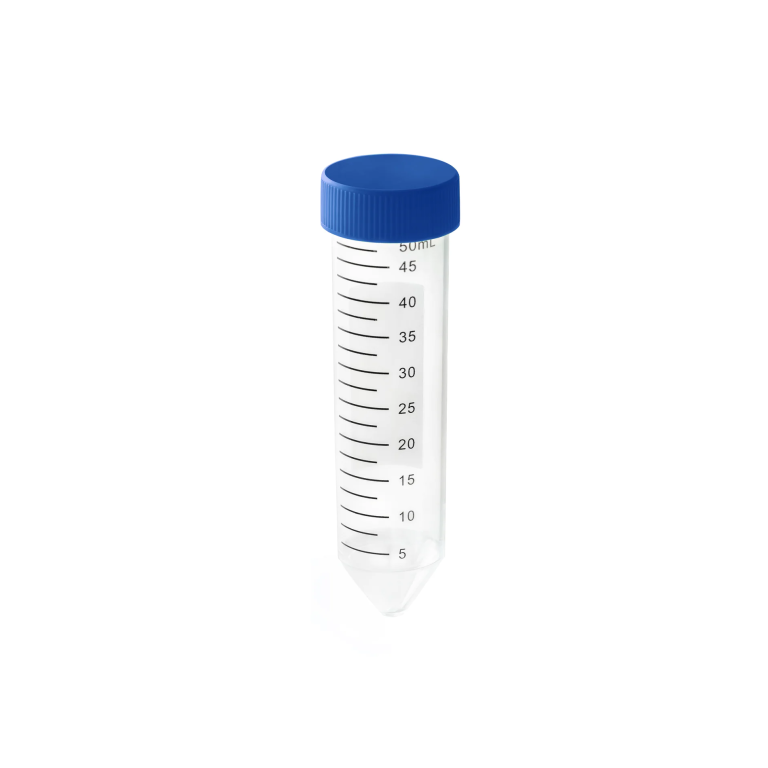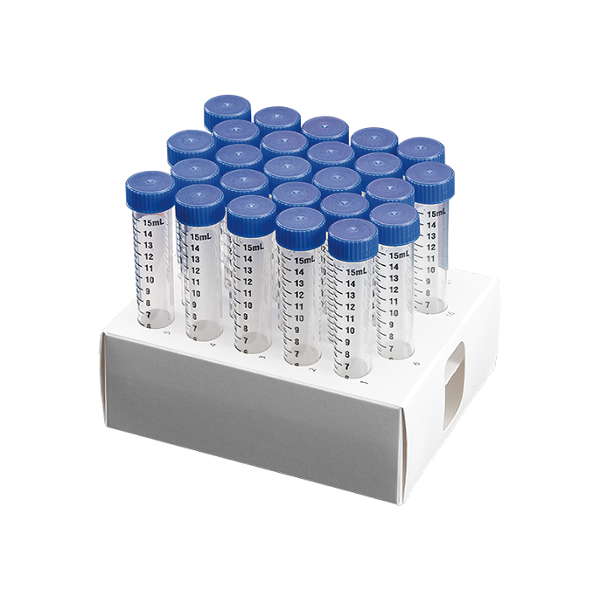Here are a few tips for a reagent bottle from PETG:
PETG is suitable for chemical resistance and can withstand many lab reagents. However, it’s not as chemically resistant as materials like polypropylene. Test your PETG sample with the specific chemicals first.
Use 100% infill for maximum strength. PETG can still absorb liquids over time even with 100% infill, so the bottle shouldn’t hold extremely reactive chemicals long-term.
Add reinforcement like spiral ribs on the outside of the bottle for extra strength and impact resistance.
Print with higher temperatures of 230-250C and reduce cooling to minimize warping. PETG cools more slowly than PLA.
Ensure good layer adhesion by printing at higher temperatures within PETG’s recommended range.
Add threaded fittings, lids, or caps for secure sealing. PETG can be solvent-bonded or thread-sealed.
Sand, polish, or use primer on the inside surfaces to help prevent chemicals from degrading the PETG over time with continual exposure.
Consider encapsulating the PETG bottle inside an outer sleeve or housing made of a more chemical-resistant material for long-term use.
Test for leakage by filling with water and monitor for cracks or seepage over time when used with your intended chemicals.
Let me know if you have any other questions! Proper post-processing and testing are important for chemical applications.


